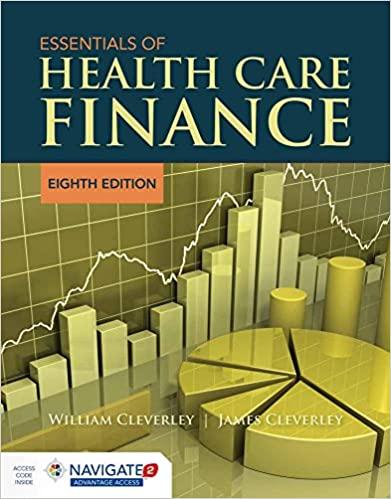Question
A business founder goes to the bank for a loan with two prototypes A and B. Both A and B require the same amount of
A business founder goes to the bank for a loan with two prototypes A and B. Both A and B require the same amount of loan L for each. It is expected that either A or B will take a year to develop and will yield a reward RA or 0, RB or 0 for prototype A and B respectively.
the probabilities are:
prob(RA) = pA prob(RB) = pB
The bank knows these probabilities. The bank will only lend if the expected repayment at the end of the year generates a yield of i. If the prototype gives a 0 reward, then the bank receives no repayment.
a) Assuming risk neutrality on the bank's end, explain why the repayments when either prototype is a success are given by (1 + i)L/pA, (1 + i)L/pB for A, B respectively.
b) if the loan is granted show that the expected payoff for the business founder is after the bank has been repaid is given by pARA (1+i)L, pBRB (1+i)L for A, B respectively.
c) Under what conditions would the founder not show prototype A to the bank but will showcase prototype B
d) Now suppose that the bank grants the loan for B, but doesn't continue to monitor the business founder. What will the payoff be to the bank if the founder is successful? Under what condition will the bank now suffer from moral hazard i.e. the inventor will now choose to go for prototype A.
Step by Step Solution
There are 3 Steps involved in it
Step: 1

Get Instant Access to Expert-Tailored Solutions
See step-by-step solutions with expert insights and AI powered tools for academic success
Step: 2

Step: 3

Ace Your Homework with AI
Get the answers you need in no time with our AI-driven, step-by-step assistance
Get Started


